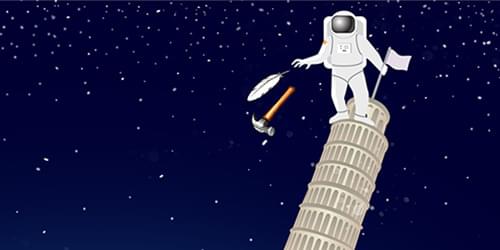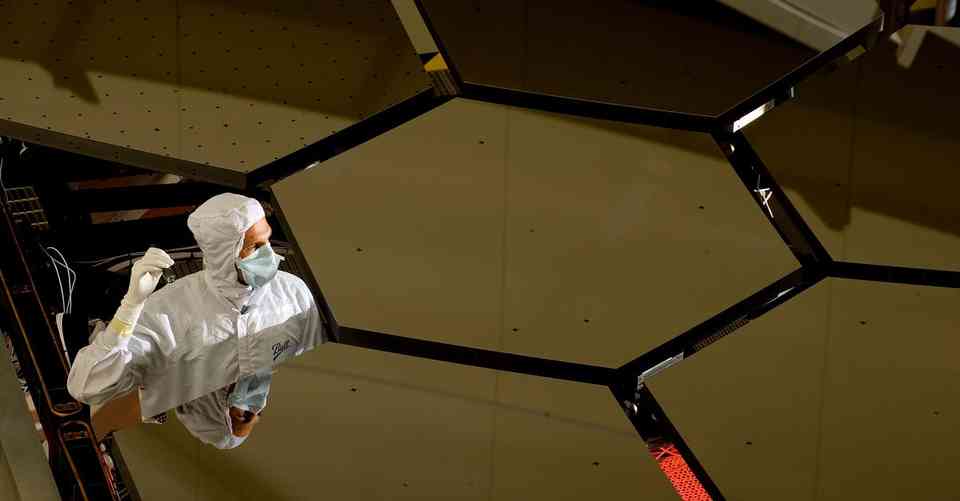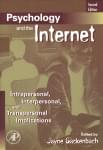A sensor containing thumbnail-sized interferometers might help astronomers detect gravitational waves emitted from certain black hole mergers.



The MICROSCOPE satellite experiment has tested the equivalence principle with an unprecedented level of precision.
At an early age, we have all been taught one of the most counterintuitive facts about the physical world: two objects of unequal mass dropped in a vacuum will reach the ground simultaneously. Galileo allegedly tested this equivalence principle from the top of the Leaning Tower of Pisa in Italy, and so did the astronaut David Scott by dropping a hammer and a falcon feather at the surface of the Moon in 1971. And yet, we may find these observations disconcerting, as common sense would tell us that a heavier object should fall faster than a lighter one. But gravity is a peculiar interaction. To understand this force—and what it might tell us about other mysteries, such as dark matter and dark energy—we need to test it with ever-increasing precision. The new results by the space-borne MICROSCOPE mission have done just this.

An optical tweezer array is a staple tool for trapping and controlling the positions of atoms in quantum research applications. Interfering, counterpropagating lasers can perform a similar function by creating “optical lattices.” The former tool suffers from having a potential that varies from site to site, limiting the ability of the atoms to move around. The latter tool creates uniform potentials but restricts the shape to some predefined geometry. Now Zoe Yan of Princeton University and her colleagues show that they can create arbitrarily shaped, reconfigurable 2D atom lattices with uniform potentials [1]. Such traps are desirable for simulating quantum spin interactions in electronic models and exploring the behaviors of atoms in systems with complex topologies.
Yan and her colleagues create their atom arrays by sequentially adding lines of atoms until the lattice is complete. They load up to 50 cold lithium atoms into an optical tweezer. They then generate the first line of their array using a vibrating transducer, which can break up and deflect a single laser beam such that it turns into a line of light spots. Subsequent lines of the array are made with another transducer, programmed to flash on and off like a strobe light, with each line illuminated for a fraction of the strobe cycle. The result is a time-averaged 2D trap potential, where each site is independently controlled, overcoming the nonuniformity problem that previous experiments with optical tweezer arrays experienced.
Using their technique, the team has created rectangular, triangular, and octagonal-ring-shaped arrays of atoms, which they say could be used to explore the behaviors of exotic states of matter, such as chiral spin liquids.

Large-scale plants that make seawater drinkable supply urban areas, but the world needs portable versions to serve remote or refugee populations.




Investigating the site of an ancient river delta, the Perseverance rover has collected some of the most important samples yet on its mission to determine if life ever existed on Mars, according to NASA scientists.
A few of the recently collected samples include organic matter, indicating that Jezero Crater, which likely once held a lake and the delta that emptied into it, had potentially habitable environments 3.5 billion years ago.

Circa 2007 face_with_colon_three
The World Wide Brain—a hybrid human–digital intelligent network, spanning the globe and carrying out information processing different in extent and nature from anything that has come before—is as yet little more than a dream and a little less than a reality. It is coming into being, bit by bit, each year. This process of emergence is, as all Net-aholics know, a wonder to behold, and growing more wondrous all the time. This is an exploration in which human psychology and sociology interact in a fascinating way, with the psychology of an emerging, nonhuman organism. It is an exploration in which mundane technical issues such as groupware and server–server communication software rub up against concepts from transpersonal psychology, such as the Collective Unconscious and the Hierarchy of Being. It is, therefore, an exploration that not only transcends disciplinary boundaries but pushes the boundaries of human thought itself. The increasing integration of human activity with World Wide Brain operations may ultimately occur via body-modifying or body-obsolescing technologies a la Moravec, or it may occur without them, through the advent of more sophisticated noninvasive interfaces. One way or another, it will fuse the global Web.